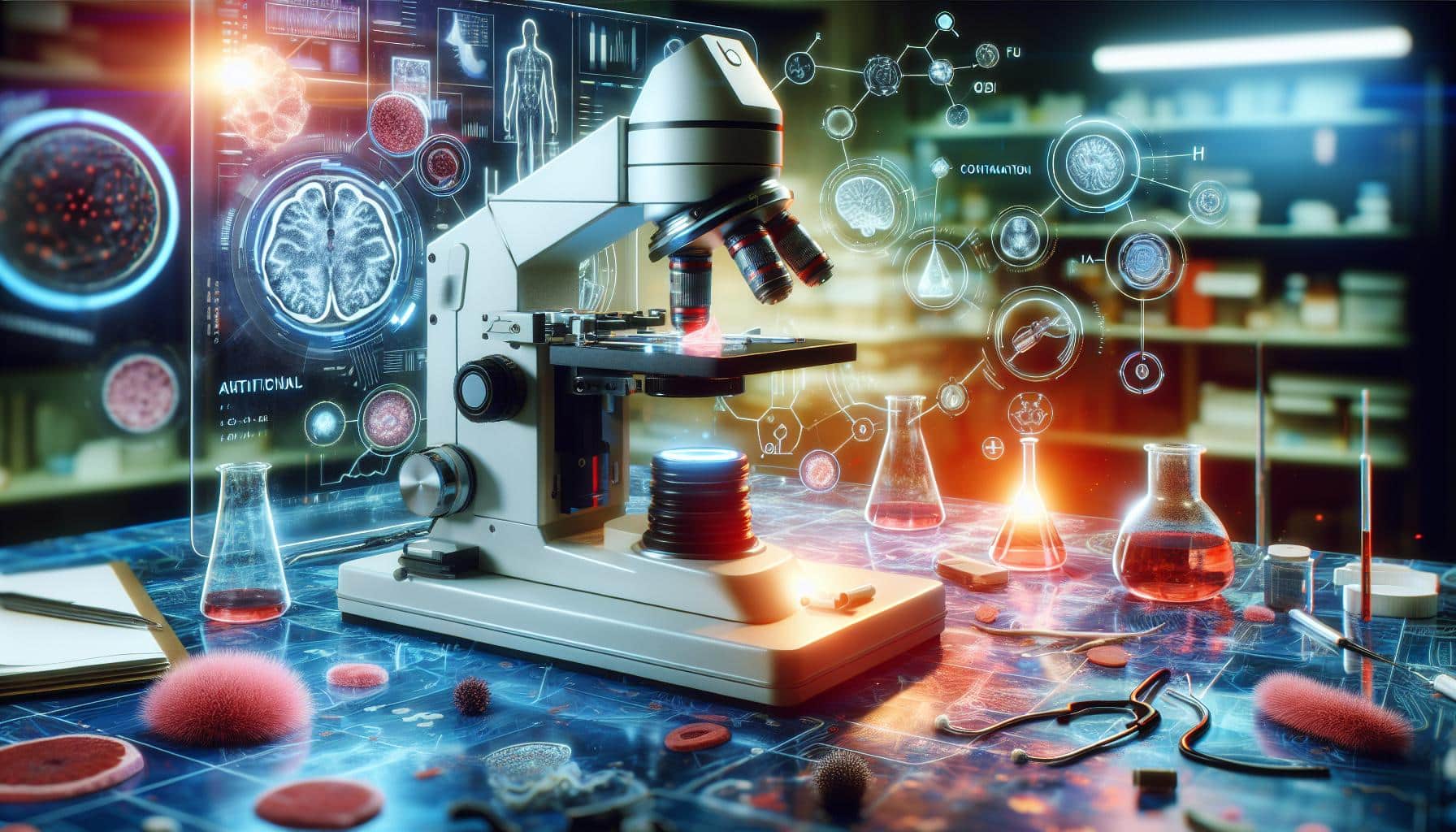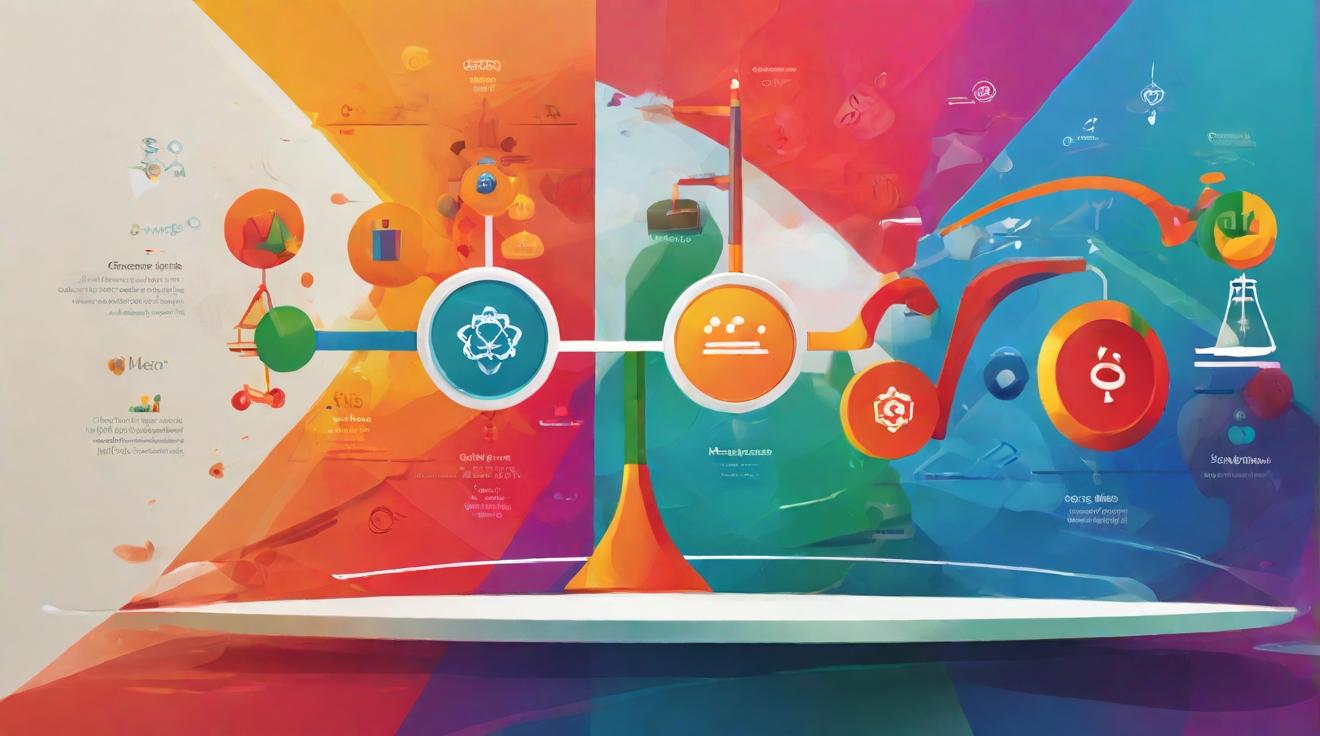Artificial Intelligence in Medicine: A Warning About Tissue Contamination
The Challenge of Analyzing Tissue Samples with AI
Artificial intelligence (AI) holds great promise in the field of medicine, but a new study from Northwestern University warns of dire consequences when using AI to analyze tissue samples. The researchers highlight a significant challenge called “tissue contamination,” which refers to the presence of contaminants from other sources in the samples. While human pathologists are well-aware of this issue, AI-powered computers struggle to accurately analyze samples in the real world due to the imperfect nature of the environment they are trained in.
The study’s corresponding author, Dr. Jeffery Goldstein, explains that AI is typically trained in a clean and artificial environment, where it excels at distinguishing between specific elements. However, when exposed to a variety of materials that it hasn’t been trained on, mistakes can occur. Dr. Goldstein emphasizes the importance of human pathologists as the final decision-makers for diagnoses made on biopsies and tissue samples, as AI still struggles to navigate the complexities of the real world.
The Limitations of AI Models in Pathology
In the study, three AI models were trained to identify specific conditions in placenta tissue samples, while another model focused on detecting prostate cancer in needle biopsy tissues. When small amounts of contaminant tissue were introduced, such as bladder or blood tissue, the AI models became overly fixated on these contaminants, leading to diagnostic errors. Dr. Goldstein compares this behavior to a distraction, where the AI model pays more attention to the contaminants and less to the patient’s actual tissue, resulting in less accurate diagnoses.
This research is the first to investigate the impact of tissue contamination on machine-learning models in pathology. Human pathologists, who review numerous slides daily, are trained to overlook such contaminants. However, AI models proved to be more susceptible to being misled by them.
The Potential of AI in Pathology
Despite the challenges posed by tissue contamination, Dr. Goldstein remains optimistic about the potential of AI in pathology, particularly in the field of perinatal pathology, which suffers from a shortage of specialists. With only a small number of perinatal pathologists in the United States, incorporating AI models embedded with expert knowledge could greatly enhance pathologists’ speed and accuracy.
Dr. Goldstein believes that this study’s findings are a step forward in integrating the use of machine learning in pathology. The road to better AI evaluations of placenta tissue may have encountered a speed bump, but it ultimately leads to improved healthcare outcomes.
Conclusion
The study conducted at Northwestern University raises an important concern regarding the use of AI in medical pathology. Tissue contamination presents a major challenge for AI models, which struggle to accurately analyze samples in real-world scenarios. Human pathologists’ expertise and ability to overlook contaminants currently outpaces AI technology. However, researchers remain optimistic about AI’s potential in pathology, especially in specialized fields where specialists are scarce. As AI continues to evolve, it holds promise for improving the speed and accuracy of diagnoses made on various tissue samples.
Analyst comment
Positive
As an analyst, the market for AI in medicine is expected to continue growing despite the warning about tissue contamination. While AI models may struggle with accurate analysis in real-world scenarios, researchers remain optimistic about AI’s potential in pathology. The incorporation of AI models with expert knowledge could enhance pathologists’ speed and accuracy, especially in specialized fields lacking specialists. This study’s findings provide valuable insights to improve AI evaluations of tissue samples and ultimately lead to improved healthcare outcomes.













